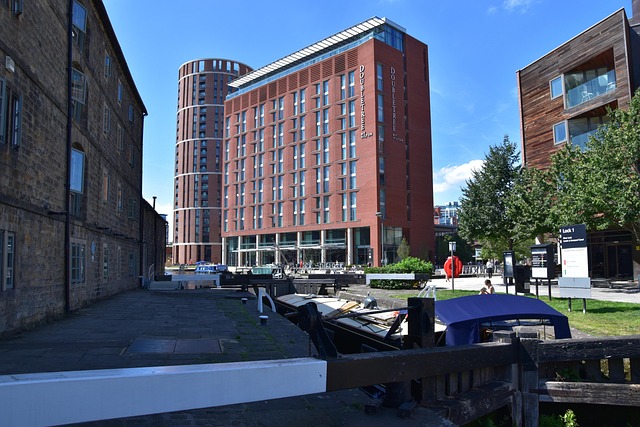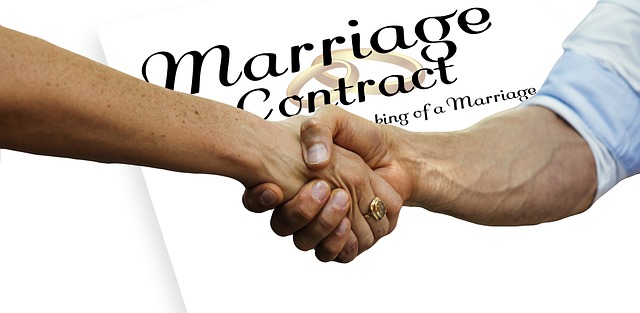In today's competitive real estate market, embracing green building standards is crucial for success. Eco-friendly designs reduce energy costs, improve air quality, and attract environmentally conscious tenants and investors. Industry leaders like LEED and BREEAM provide frameworks for sustainable development, while strategic location selection, energy-efficient design, and renewable energy sources create net-zero buildings. The green building revolution offers both environmental benefits and financial advantages, with higher occupancy rates and rental values for sustainable properties reflecting a significant shift in consumer preferences.
In today’s eco-conscious world, green buildings are transforming the real estate landscape. This article delves into the industry standards shaping sustainable construction, exploring key components of eco-friendly design that redefine living and working spaces. We examine how these standards impact property values and market demand, highlighting the benefits for both developers and occupants. Understanding green building standards is crucial in navigating the evolving real estate market, fostering a future where sustainability is not just an option, but a norm.
Understanding Green Building Standards in Real Estate

In the competitive world of real estate, understanding green building standards is no longer a luxury but a necessity. Green buildings, designed with sustainability in mind, offer numerous benefits to both tenants and owners. These include reduced energy costs, improved indoor air quality, and significant environmental impacts. The industry standard for green buildings involves adhering to recognized frameworks like LEED (Leadership in Energy and Environmental Design) or BREEAM (Building Research Establishment Environmental Assessment Method), which set benchmarks for sustainable design, construction, and operation.
Real estate professionals must stay informed about these standards to meet growing demand from eco-conscious tenants and investors. Incorporating green features not only enhances a property’s appeal but also contributes to long-term cost savings. By understanding the nuances of green building practices, real estate stakeholders can make informed decisions that drive the market towards more sustainable and efficient spaces, ensuring a bright future for both the industry and the environment.
Key Components of Industry-Leading Eco-Friendly Design

The key components of industry-leading eco-friendly design in real estate involve a holistic approach that integrates sustainability at every stage of development. This begins with strategic location selection, considering proximity to amenities and public transport to reduce car dependency, thereby minimizing carbon emissions.
Building design itself must prioritize energy efficiency through innovative insulation, high-performance windows, and smart lighting systems. Incorporating renewable energy sources like solar panels is a significant step towards achieving net-zero energy buildings. Additionally, the use of sustainable materials such as recycled steel, wood certified by the Forest Stewardship Council (FSC), and low-VOC paints not only reduces environmental impact but also contributes to healthier indoor air quality.
Benefits and Market Impact on Sustainable Properties

The industry standard for green buildings is revolutionizing the real estate landscape, driving a significant shift towards sustainable properties. Beyond environmental benefits, these eco-friendly structures offer compelling advantages to investors and occupants alike. Energy efficiency measures, such as optimized insulation and advanced HVAC systems, translate to lower operational costs for owners, making green buildings increasingly attractive from a financial perspective. Tenants also benefit from improved indoor air quality, enhanced comfort, and reduced exposure to harmful chemicals, contributing to better health and increased productivity.
The market impact of sustainable properties is evident in rising occupancy rates and higher rental values for green buildings. As awareness of environmental issues continues to grow among consumers, the demand for eco-conscious real estate has surged. This trend is not just a passing fad; it reflects a profound change in consumer preferences, with many now prioritizing sustainability as a key factor when choosing where to live or work. Consequently, developers and investors are increasingly incorporating green building practices into their projects, ensuring they meet the growing demand for sustainable properties.






